On Friday, possibly, I guess, the last such gathering for a little while, I spoke at a conference in Cerne Abbas organised by that brilliant organisation, the CPRE, the Countryside Charity, on the future of new housing in Dorset.
It was a fantastic day – I was speaking alongside my friends Ben Bolgar, director of the Prince’s Foundation; Kim Wilkie, the landscape architect; and my friend and client – John Moray – the landowner with whom we are creating Tornagrain – which regular blog readers will have read about before.
Let’s hope something great comes of the day in the future of new housing in Dorset… and perhaps, elsewhere. Anyway, here was my contribution. I thought I’d post it in full.
How can architecture help make places beautiful again?
What do we mean by beautiful places? As with people, we know that we’re not talking about skin deep appearances. We can all think of picture-perfect places that have utterly lost their sense of life, and soul and meaning – some of them on this postcard.

No – today, we are talking about that magical alchemy of ingredients which combine to make places for living, in a way where the whole truly is greater than the sum of the parts.
And my subject is to think about the role of the architect in all this.
I’ve been in practice now for some 16 years, and since the beginning I’ve absolutely loved being involved in the world of housing development. We’ve worked on projects all over the country, of all sizes; the 5000 houses at Tornagrain, for Moray Estates:

Poundbury, for the Duchy of Cornwall, and our scheme for the Duchy in Truro:


(the walled garden is soon to become the community allotment!) or the tiny Coed Darcy advance development project in South Wales, with the Prince’s Foundation;
Bartons, in Nottingham, for Ben Bolgar and Nick Tubbs:
Sulis Down, in Bath, for the Hignett Family Trust; Roussillon Park, in Chichester, for ZeroC; or this scheme, in Weymouth Harbour for West Dorset Council, to name a few.
I hope you can see from these that while there might be unifying themes there is no such thing as one size fits all.
And I hope that you can see that architecture CAN help make beautiful places again, if we desire it.
So, it’s been very good to help the CPRE put together this day, which has gathered together – I have to be honest, quite in excess of my anticipation at the beginning! – an extraordinary group of people who variously, I feel, are at the absolute forefront of that difficult business of putting together good development.
Difficult; but when I was gathering my thoughts for today’s talk, earlier in the week, I nearly wrote impossible. Nearly – but not quite. In the room today, we have all the players who have it within their power to do something special – or not.
And that gives all of us—landowners, land agents, planners, councillors, builders, landscape architects, architects (please note the order of importance of decision making in which I put that list!) that gives all of us, the greatest responsibility. It’s ours to use or to ignore.
When I’m traveling around the country it is easy to imagine that most of our built environment has grown up entirely at random. Of course, in one sense, it has; but in another way (here we are in beautiful Exeter, but would we know it?)…
…as I was saying, in another way, it’s fascinating to me that every single façade of every building, every choice of material, every road, the position of every kerbstone and street lamp and road sign, no less, in the entire country, has for seven or more decades now been designed and specified by trained professionals, and has been negotiated with and approved, in exhaustive detail, by the local authorities.
Everything has happened with intention.
And the terrifying thing is, things seem to get really bad when everyone tries especially hard to do a good job, as at this development in Swindon which I visited recently:


Why does any of this matter? Well, if you pay attention to the Government’s Building Better, Building Beautiful, Commission, chaired by Sir Roger Scruton, who would of course have been with us today, it matters not just for philosophical reasons but because development which is considered to be beautiful is believed to be more popular.
Living, as I have, in Dorset for these last sixteen years, while working on Poundbury, I have to be honest, I’m not quite sure that is true that beauty is necessarily so popular. I actually think that most people just want something that “fits in” – and that is not always quite the same thing.

(a recent street we’ve designed in Poundbury)
Involved as I have been there for a long time now, I often give talks about, or tours of, Poundbury; where I have to urge people to look beyond the surface, for there is no doubt in my mind that the factors which make Poundbury truly revolutionary and truly important, go way beyond the role of the architect.
It’s to do with the civilised density that Leon Krier has achieved, mix of uses and the astonishing numbers of employment and retail now provided for on the site in a rural development. It’s to do with the visually indistinguishable incorporation of social housing, and community building, so close to the Prince of Wales’s heart; and with Leon’s brilliantly conceived and planned network of streets that turn their back on half a century of low-density suburban sprawl.
But it’s really not a development that ‘fits in’. It was Poundbury’s bad luck, of course, that the land allocated by West Dorset Council all those years ago was on top of a prominent hill – as Krier says, wistfully, all the best sites were already taken! – but I suppose it’s also true to say that the town on the hill, with Krier’s intentional hard edge between the urban form and the rural landscape beyond, even with its tall bastion wall in places, exaggerates the effect.
Approaching Poundbury from any direction, these days, from a distance, and seeing the buildings high on the skyline, overlooked by the dome that for better or worse, I’ve designed – I often end up in my mind with the image of an Italian hill town rather than a Dorset settlement. And I wonder if I’m alone in this?

Of course, in a way, this is intentional, and it’s worth being frank about the fact that when you are dealing with developments of a certain scale: the right thing is often not necessarily to just ‘fit it’. What would Poundbury be without its tower? I well remember when Leo was told by planners that it would have to be subject to a visual impact assessment. “But I want it to have a visual impact” he thundered!
And looking back from Maiden Castle, at the ubiquitous low brown roofs of 1960s Dorchester, sprawling across the landscape, and Leon’s Poundbury, I can’t help but admire his vision.

(Dorchester as a whole)
(Poundbury)
Nonetheless, in this company, amongst friends, and in this conference about the future of development in Dorset, I think we should ask whether we can combine Krier’s strength of vision with other qualities – which do have that elusive sense of fitting in to their place, which is after all the most English characteristic of all. Dorset settlements, such as Bridport, are by their nature messy, typically low-lying, in valleys, with a crumbly, blurred edge between settlement and the rural hinterland beyond.

As Poundbury matures, and creates its own energy, it has without doubt achieved that most elusive quality – a real sense of place: it is most definitely, to coin the current phase, of somewhere, not anywhere. What an astonishing thing it is – the greatest legacy project that anyone could dream of. Thankfully, these days, more and more people seem to recognise the Prince of Wales’s achievement; it is easy to forget, now, how deeply vilified and ridiculed he was by the architectural and design world when he first tried to put his ideas into practice all those decades ago.
But I’ll be honest: as a model for wider development, both in the county and in the country, I sometimes worry that it is too rarefied, too special, too designed, too varied, too bespoke, to be a relevant, simple and imitative model for the future.
Because one of the statistics that terrifies me more than anything is that in the some thirty years since Poundbury was first conceived, the development has completed a little under 2000 houses; in the UK as a whole, in that same period, between 1987 and 2018, we’ve built 5.7 million houses.
 This is the real numbers game, and it’s one that we must grapple with, or lose spectacularly – especially as we face a crisis in supply that is so high up the national agenda; this is, after all, I think, why we are here today; and which I fear, if misunderstood, will lead to tragedies greater even than we wrought in the 1960s & 70s – where so much development is now failing and being pulled down after a mere 40 or 50 years.
This is the real numbers game, and it’s one that we must grapple with, or lose spectacularly – especially as we face a crisis in supply that is so high up the national agenda; this is, after all, I think, why we are here today; and which I fear, if misunderstood, will lead to tragedies greater even than we wrought in the 1960s & 70s – where so much development is now failing and being pulled down after a mere 40 or 50 years.
When I’m faced with any development site, large or small, walking around an empty field, my mind is immediately whirring with the infinite number of possibilities for what could be built there. You will not often find me in the crowd of consultants chatting about yesterday’s football results or a tricky planning situation on another job. I’ll generally be in a far corner, by myself, staring rather intently into the middle distance, and thinking things through.
And the questions that I’m thinking about are these, in no particular order:
What sort of development is going to feel most inevitable here? What’s going to feel most settled, most natural, most intuitive?
Then, how big is the site, how quickly is it going to be built out, and by whom – local builders or volume PLC housebuilders? This condition has a huge influence on the way in which I think about the design. It is futile to expect big systems to churn out the complexities of small-scaled, finely grained, organic development without disaster.
How much long-term architectural control will be in place? Again, crucial in determining from the start – as it dictates the possibilities in every direction thereafter. The Duchy, and Moray Estates, have an incredible commitment to ongoing architectural control that cannot always be matched by other landowners. It matters. If there isn’t that control, I design much more simply.
Back to the site again; what are the underlying physical, ecological and landscape characteristics of this site? Are we adding onto the edge of a village, with a strong existing character? Is it a small site or a huge one?
Then, too, is it a greenfield site; and if so, what sense of scale does it have; is it wide open, or a valley; wooded. What are the views; where is water, what’s the underlying geology? What, in short, is the lie of the land? This is the moment, the germ, where Kim’s way of thinking and mine truly engage.
Then, crucially, what are the movement patterns? How do people get around? What is the provision for public transport, and how can this be strengthened or weakened by what we design?
What capacity is there for a mix of uses, for civic function, and commercial activity—of creating thatsocial and economic exchange that are, to my mind, the absolutely vital ingredients for building truly beautiful places again.
Back, now, to the narrative: is it appropriate here to create a story of slow, organic, vernacular growth, or is it better to be honest about creating an architectural language that demonstrates it has all been designed and built in one go? Is the architecture best in a traditional manner, or something more contemporary, like the Chichester scheme I showed right at the beginning?
And so on. Of course, it’s impossible to tell you quite how all these ingredients might vary to create a different recipe in each case, but they apply equally to any site, large or small. I hope it is useful to hear some of these questions that I think about – and that’s before we start on technical matters like surface water drainage or the bin lorry route – which has more influence than you can imagine!
So, I’d like to look briefly now at two different examples of development currently on our office drawing boards; neither of which are in Dorset but which in a sense, I think, are very relevant for the patterns of growth likely to be faced here in the next forty years.
These seem to me to be two-fold.
Maybe you are a landowner looking to add a few dozen, perhaps a hundred houses, relatively slowly, to a village or on the edge of a small town, perhaps close to where you live; and if that’s the case, I’d hope you feel you have a responsibility to do something special on your land.
Or perhaps, you are a planning officer, looking to steer forward in a successful way a major new development – such as is being looked at now on the northern edge of Dorchester – the 3,500 houses being jointly promoted by, I shudder to say, Persimmon and Grainger.
And I imagine it is not beyond the wit of us in the room to imagine that one day entirely new settlements may be considered elsewhere in the county, so great is the pressure for new housing numbers in the South West now, and so loudly are East Devon and Hampshire telling the government they are full up.
So, first, I’d like to talk about a master planning project for a 6000-dwelling new town—Welborne, in Hampshire, just off to the north of Portsmouth, with a new motorway junction off the M27. Nearly three times the size of Poundbury, it is also required to be built at three times the speed – and to achieve this delivery, we need the involvement of PLC housebuilders.
Here, my strong advice is don’t expect too much. Housebuilders are not capable, as I said earlier, of complexity. Their systems don’t support it. It’s better to plan and design for something average and to do it well – by definition, not everything can be ‘above average’, after all.
For two decades now, since the John Prescott years, governments and councils have come to rely on Architectural Coding as the panacea which will cure all PLC housebuilder evils. At the level of a masterplan, I think a good, very simple, well-constructed code can help – a lot. At the level of architecture, I do not. Ben Bolgar and I both worked years ago on the Sherford Code, for that huge new development on the edge of Plymouth, in Devon.
 It was a pretty sophisticated document and the masterplan is robust and powerful – not necessarily exactly my thing, but it works. The architectural delivery is shockingly bad. The code only goes so far. Please, do not rely on them to deliver good buildings.
It was a pretty sophisticated document and the masterplan is robust and powerful – not necessarily exactly my thing, but it works. The architectural delivery is shockingly bad. The code only goes so far. Please, do not rely on them to deliver good buildings.



I’ve long learned that people need to be allowed to operate at their natural level. If you ask for high levels of sophistication from the house builders, they will most likely struggle and fail. If you ask for good enough, working within their limits, harnessing their strengths, then I believe that most of them can perform quite well, and actually want to perform well, although I’m afraid I preclude from the list of Persimmon, who really are, in my view, the absolute worst of the bunch: we can weep for the results of North Dorchester already.
So at Welborne, knowing that most of the site will be delivered by PLC housebuilders, this is my task. For the vast bulk of those 6000 houses, we are not looking to the rich tapestry of organic, incremental growth of Hampshire towns, but instead at the simple, generic designs of the second-tier of Garden Suburb developments – places like Brentham, in west London:
 or the fine and enduring suburbs of Southampton planned in the 30s by the architect Herbert Collins, built using very basic, rather ubiquitous house types and materials, and with a very strong over-arching street and landscape structure.
or the fine and enduring suburbs of Southampton planned in the 30s by the architect Herbert Collins, built using very basic, rather ubiquitous house types and materials, and with a very strong over-arching street and landscape structure.

At the same time as recognising the limits of the development model, the landowner is committed to creating something special. So, in a sort of hybrid, we are planning for two small areas of real richness and complexity, which we are going to design, and control in detail, and which will be built out by local housebuilders for the estate; a local town centre that draws carefully on the vernacular of Fareham and Wickham: and then the major town centre, which we have designed in the language of Hampstead Garden Suburb, or Letchworth or Welwyn as the grandest moment in the overall piece:
and then the major town centre, which we have designed in the language of Hampstead Garden Suburb, or Letchworth or Welwyn as the grandest moment in the overall piece:
 For the rest, landscape really is going to be the key – thousands of street trees, fifty miles of new garden hedges. We are looking carefully at that elegant Edwardian suburbia which has produced such long-lasting and resilient places. If you look at this mature street scene in the Hampstead Garden suburb, you will see what I mean – as Frank Lloyd Wright said – doctors can bury their mistakes; architects must resort to planting! As it happens, the houses behind these hedges are designed by H W Baillie Scott and just beyond by Lutyens, but it wouldn’t matter if they weren’t.
For the rest, landscape really is going to be the key – thousands of street trees, fifty miles of new garden hedges. We are looking carefully at that elegant Edwardian suburbia which has produced such long-lasting and resilient places. If you look at this mature street scene in the Hampstead Garden suburb, you will see what I mean – as Frank Lloyd Wright said – doctors can bury their mistakes; architects must resort to planting! As it happens, the houses behind these hedges are designed by H W Baillie Scott and just beyond by Lutyens, but it wouldn’t matter if they weren’t.

In County Durham, by contrast, we are working for a landed estate, Raby Castle, on what are, by comparison, two tiny schemes. They will be built relatively slowly by a local housebuilder in a partnership with the estate. Each will add about 75 homes to the edge of two small but thriving local settlements – with small, active centres with simple but robust retail – exactly the sort of place that you find so often in the North of England, I always think, which are more rare down South. In the first, at Gainford, we are literally, just a two minute walk from the village centre, opposite a beautiful but now derelict Grade I listed Jacobean Manor House which our development provides the enabling funds to restore.
 Here, we have adopted a vernacular that draws very specifically on local examples. In the second, at Staindrop, the condition is slightly more edge of the town, on a fringe of 30s and 50s ribbon suburbia. Here, something organic and incremental felt to me as if it would be false, so we have borrowed more from the language of the planned Estate Village – creating a development that has a soft rural quality, laid out around fine existing tree, and a large green, and with distant views across the adjacent water meadows that can never be built over – but planned in a way where the design of the houses is consistent and largely repetitive.
Here, we have adopted a vernacular that draws very specifically on local examples. In the second, at Staindrop, the condition is slightly more edge of the town, on a fringe of 30s and 50s ribbon suburbia. Here, something organic and incremental felt to me as if it would be false, so we have borrowed more from the language of the planned Estate Village – creating a development that has a soft rural quality, laid out around fine existing tree, and a large green, and with distant views across the adjacent water meadows that can never be built over – but planned in a way where the design of the houses is consistent and largely repetitive.

So, I’d like to conclude with that word, repetition. To my mind, it’s the most important key which can unlock many of our problems. So often, today, you hear people criticise the house builders for building “the same identical houses from one end of the country to the other”. But in reality, is there anything wrong with that? Our ancestors did it in the 18th and 19th centuries; the only difference being that they built in a language that we almost universally find to be pleasing and beautiful – and, where, curiously, the more you build, the nicer a place becomes.
 As we are working forward the next stages of Tornagrain (which I have been anxious to avoid talking about so as not to steal the thunder from John Moray, who follows me) I am looking at that vital question of scale and repetition – just how much consistency can we enjoy?
As we are working forward the next stages of Tornagrain (which I have been anxious to avoid talking about so as not to steal the thunder from John Moray, who follows me) I am looking at that vital question of scale and repetition – just how much consistency can we enjoy?
Here is the Tornagrain Masterplan, overlaid with the plan of the Edinburgh New Town:

or Notting Hill, in London:

or Hampstead Garden Suburb:
 – huge areas of our finest town and city building which have just the minutest tweaks in the dial of variety. The architectural experience in all these large places is basically uniform. Compare that to the size of Poundbury, with its literal smorgasbord of architectural references (of which, I hasten to add, I’m partly responsible):
– huge areas of our finest town and city building which have just the minutest tweaks in the dial of variety. The architectural experience in all these large places is basically uniform. Compare that to the size of Poundbury, with its literal smorgasbord of architectural references (of which, I hasten to add, I’m partly responsible):

and I think you will realise why I am drawing a conclusion, about half way through my career, that robust landscape, repetition of simple building types, and uniformity of material and architectural language are ultimately what will make the most successful—and beautiful—streets and places on a wider scale.
It’s a bit boring, but still allows for infinite local variation; I’m sure it is what will work best, and allow us to crack the numbers, speed and quality conundrum.
There’s a word I haven’t mentioned, of course: sustainability, but it underlies everything we need to think about in this room. To my mind, the most sustainable place is the one that has the greatest chance of robust longevity. It is simply not enough to design and build places that last for 40 or 50 years before they are demolished and rebuilt – as we have seen in so many places around the country.
You probably won’t be surprised also when I say I’m worried that the particular style of architecture which I call eco-bling will not necessarily meet that test. As the world urbanises at a profound pace (and here we are in contemporary China – and I would personally say that suburban sprawl, utterly dependent on cheap fossil fuel, is the most virulent ecosystem the world has ever seen):
As the world urbanises at a profound pace (and here we are in contemporary China – and I would personally say that suburban sprawl, utterly dependent on cheap fossil fuel, is the most virulent ecosystem the world has ever seen):

 — the urgent need to create a long-term, long-lasting, walkable, built environment that will be here and thriving for hundreds of years, and not just for short decades, becomes ever more pressing – not just in our beautiful county, but far beyond.
— the urgent need to create a long-term, long-lasting, walkable, built environment that will be here and thriving for hundreds of years, and not just for short decades, becomes ever more pressing – not just in our beautiful county, but far beyond.
In all of this, the landowner is the person who decides the tune. You are the ones who chooses who builds, who designs, and under what systems of control – which is why it is so apposite that my far-sighted client, John Moray, is speaking next. Here, again, is the development we are designing for him at Tornagrain:


And that is why this conference is so important, it seems to me, bringing together so many decision makers, both landowners and officials… at the precise moment when our small, somewhat hidden county lies on the cusp of development that will, over the next thirty or forty years, over our remaining lifetime, change the face of this place for ever – either for better, or for worse.
The result is in the hands of the people gathered in this room.






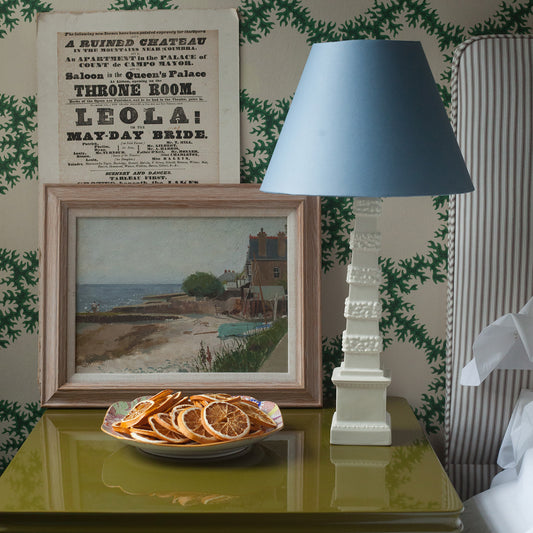
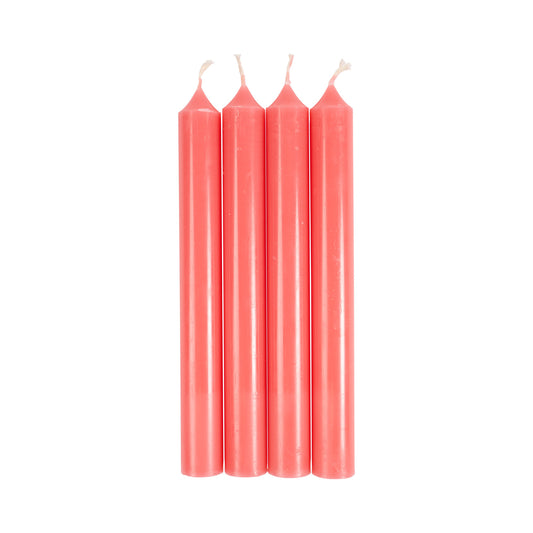




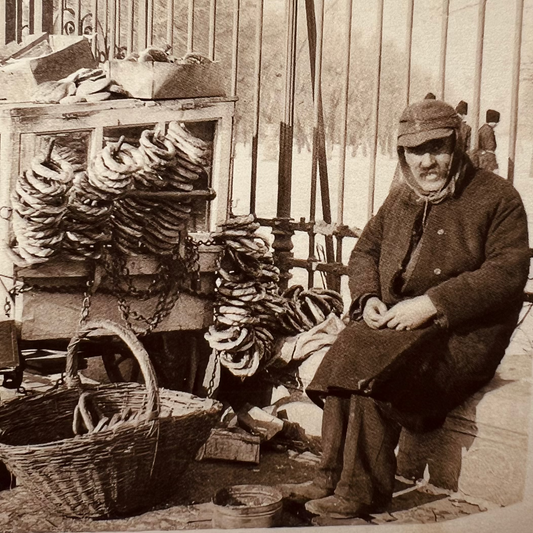
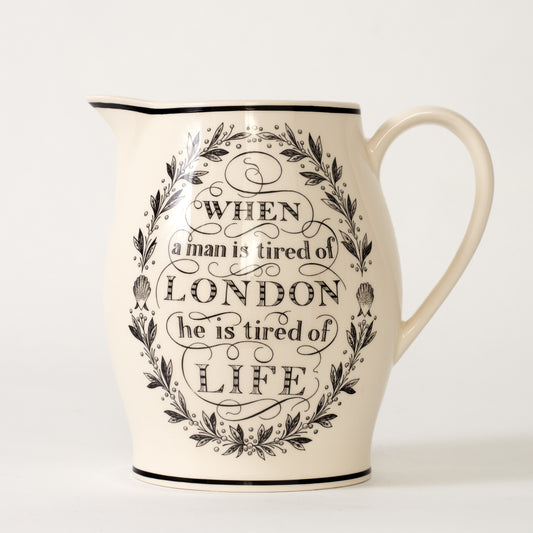
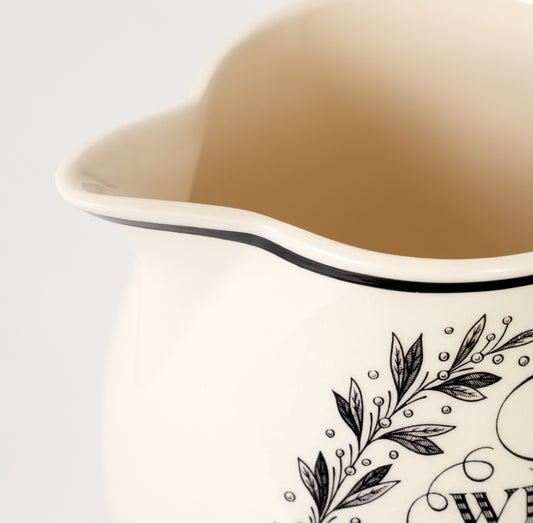




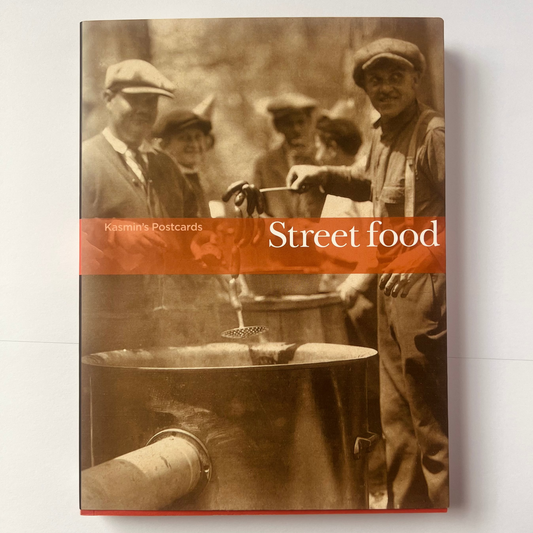



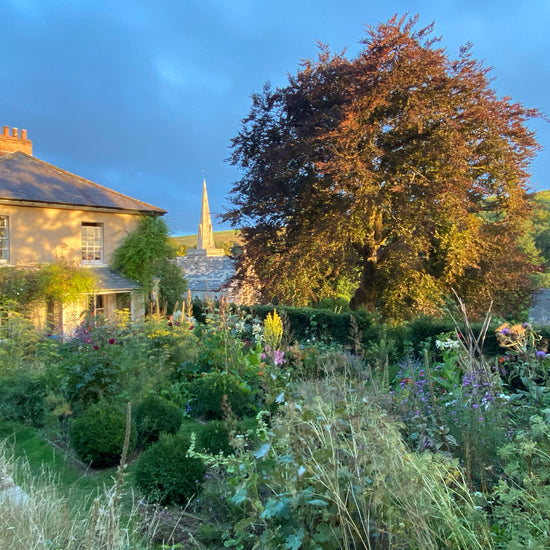
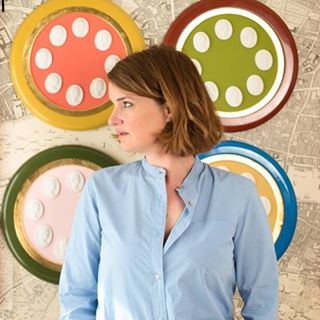
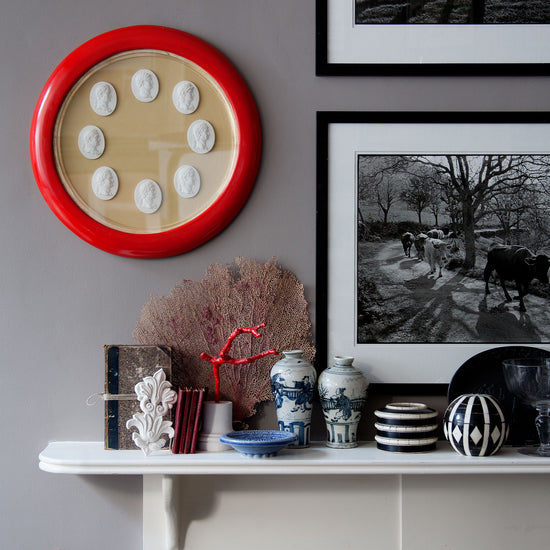




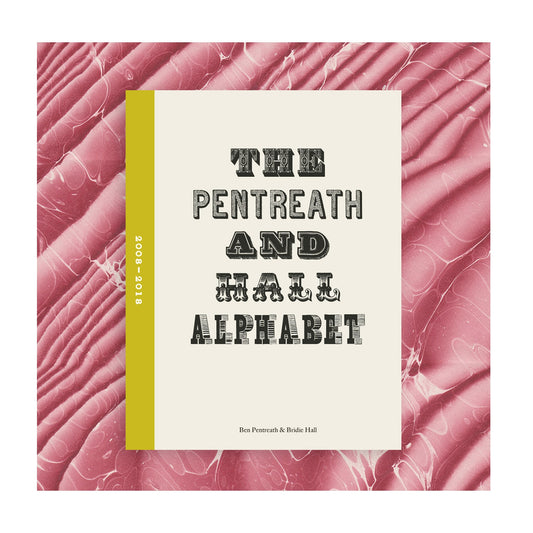






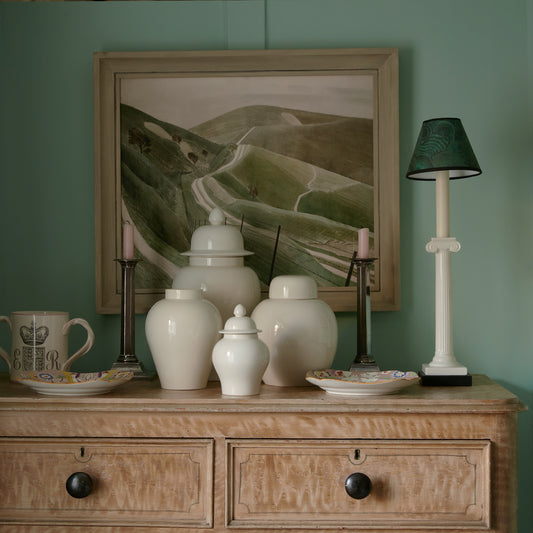



2 comments
An inspiring read! This article beautifully highlights how architecture can transform spaces and enhance community connections. Truly thought-provoking!
BRAVO! Please please please make more of these ‘’talks/events’‘, and accessible to the public too, as I felt deeply moved and inspired even if I have no saying in it, but perhaps the idea and mindset behind these words will catch up amongst us all so that when we, I don’t know… vote, or think of who represents us in our boroughs (or simply when planning our little lives and deciding where to move, and invest, and live), we too can contribute or help in tilting the balance even a little bit towards these great projects. It’s so so wonderful how much sense this made, when put so straightforwardly and skilfully, Ben you are a miracle. I showed the YouTube video to my partner and he didn’t have a clue this was possible – if not actually already available somewhere else than where we live – and you changed his mind and open it to new possibilities, and it would be so perfect to inspire so many others with no architectural/development knowledge. But I understand it’s no easy task, and time/cost demanding… of course you are right the landowners are the one deciding, but I’ve made a point of quoting you every time I can now, to spread the message. Sorry sounding quite maniacal here, but it’s been so eye opening, and simple in it’s way, I have no idea how so many people (namely our PLCs and local authorities) won’t all agree. It’s really he only way forward.
Well, for what it’s worth coming from me, bravo, and thank you for your help and work, if I could go back in time I’d definitely wish I found your work earlier so to continue my studies and end up working with your Studio.
Please keep blogging as at present it really inspires me to a better way of living, and sorry for your loss, I’m slowly catching up with all the entries here, and I just read of your parents passing.
Thank you, thank you, again, and all the very best to you and Charlie, and all your Family.
…and doggos!